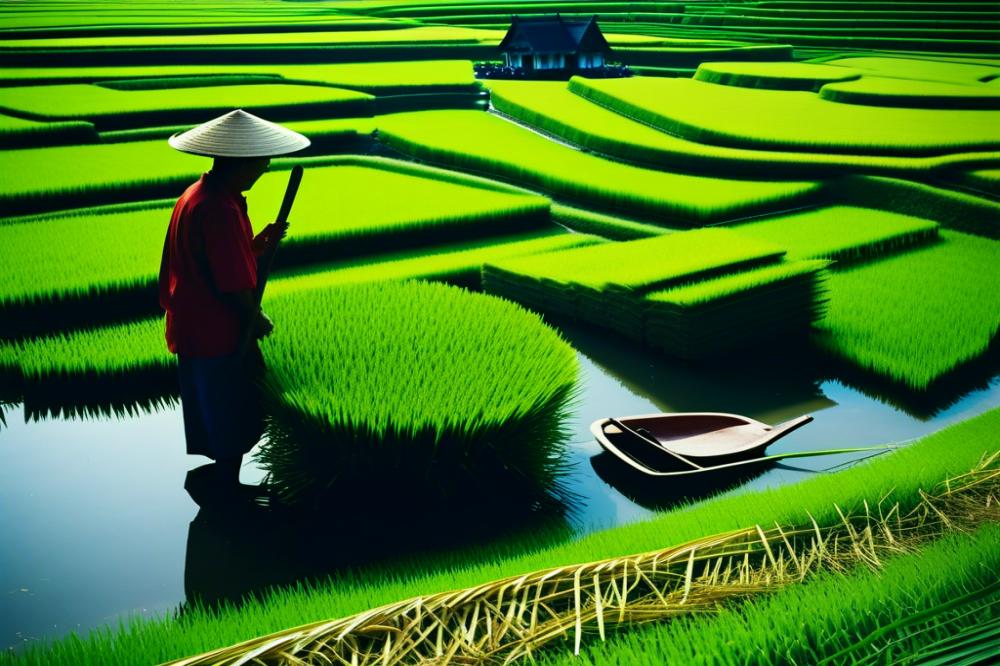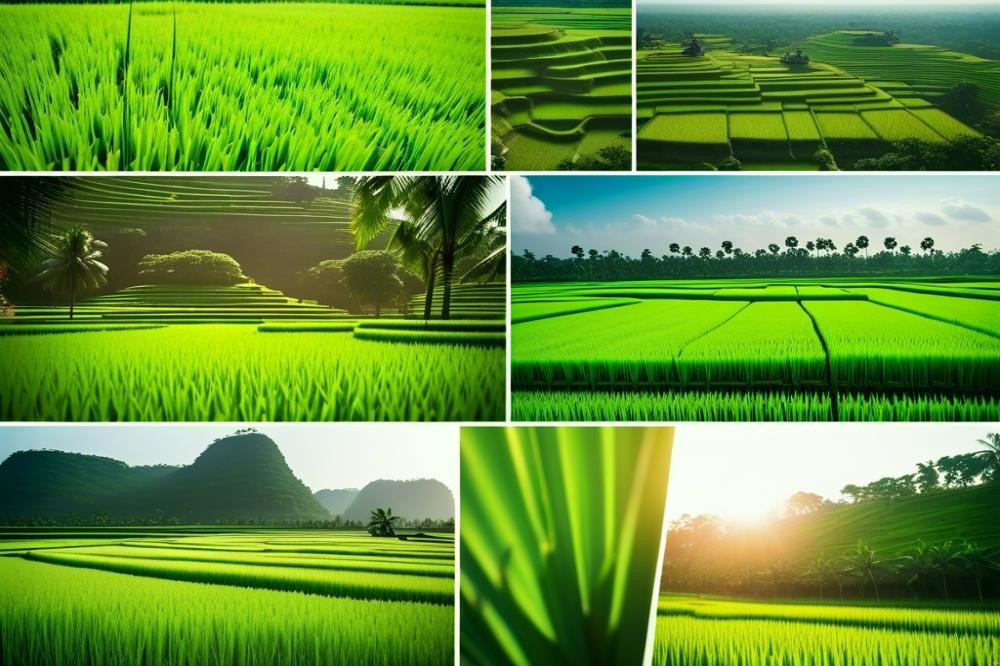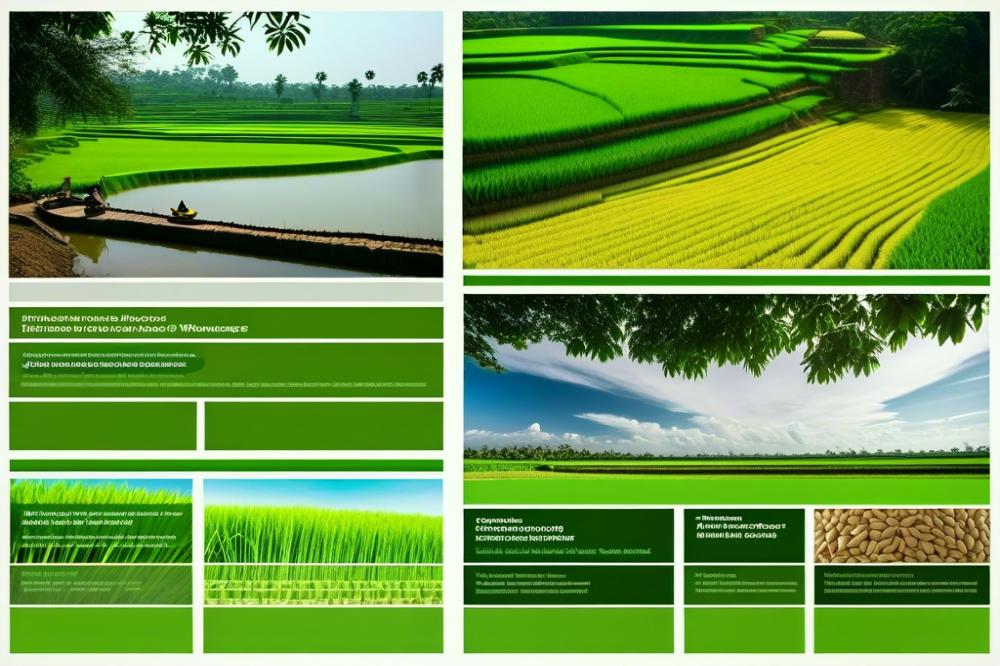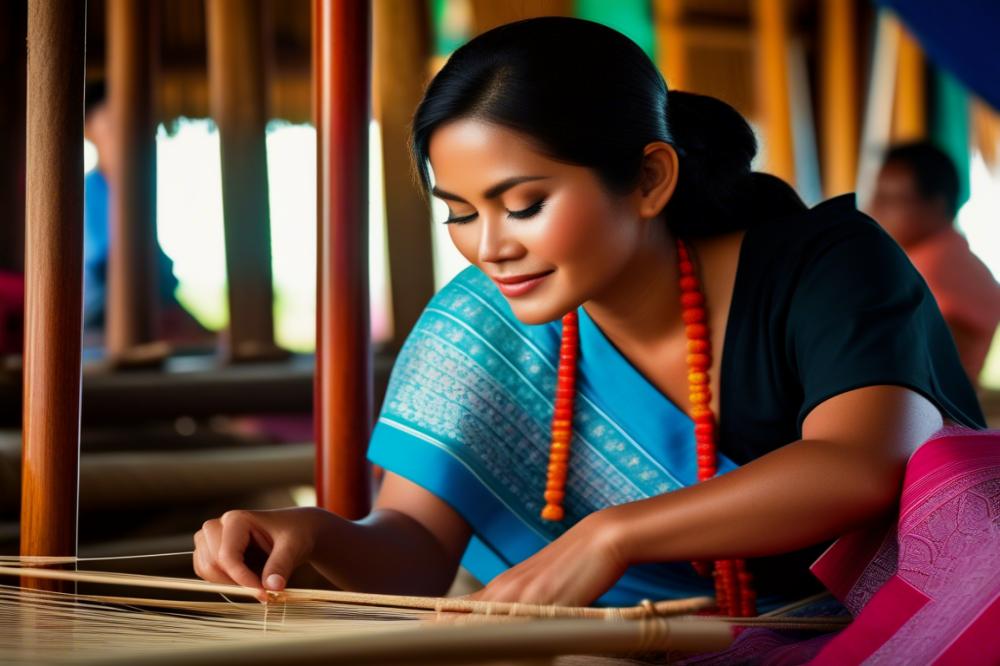Discovering the artisan weavers of Phnom Srok
Overview of Phnom Srok as a Destination
Phnom Srok is a captivating region in Cambodia, drawing visitors with its vibrant culture and stunning landscapes. This area is rich in history and provides a glimpse into traditional life. Travelers often find that the local villages exude warmth and hospitality. Streets lined with colorful markets showcase fresh produce and handmade goods. Art enthusiasts seek out the intricate designs found in local textiles, which reflect the unique heritage of the region.
Importance of artisan weavers in Cambodian Culture
Local artisans have long played a significant role in the cultural heritage of Cambodia. traditional weaving is more than a skill; it is a craft passed down through generations. The textile art produced tells stories of the people, their customs, and their beliefs. Colorful patterns often adorn handcrafted fabrics, each telling a tale of identity and community. Supporting these craftsmen helps preserve this essential aspect of Cambodian culture.
Connection to Holiday Adventures in Cambodia
For those planning holiday adventures, exploring Phnom Srok offers a unique experience. Visitors can engage with the community and witness the process of creating beautiful textiles first-hand. Sustainable practices in weaving not only provide economic support to families but also create fascinating souvenirs that travelers can cherish. During a trip, finding these artisanal creations can enhance appreciation for Cambodia’s rich history. Immersing in the local craftsmanship makes every journey memorable.
The Artisan Weavers


Artisan weavers play a vital role in the rich tapestry of Cambodian textiles. These skilled craftspeople create handcrafted fabrics that tell stories through their intricate designs. Often, they use traditional weaving techniques passed down through generations. With each piece, they contribute to a legacy of cultural heritage that is deeply rooted in their community.
Understanding the significance of these methods is essential. Traditional weaving is more than a craft; it embodies the history and identity of the people. Many of the colorful patterns reflect local customs and beliefs. Each design carries historical significance, as it connects the present with the past. It serves as a bridge linking generations, maintaining the age-old practices that define the region.
The skills of local artisans are remarkable. Their work showcases not only talent but also dedication to their craft. Many weavers spend years mastering techniques that require precision and patience. They often utilize sustainable practices, ensuring that the materials they use are environmentally friendly. This commitment to the environment pairs beautifully with their artistic expression.
Community craftsmanship thrives in Phnom Srok, where groups work together. Sharing knowledge and techniques strengthens bonds among the artisans. Through collaboration, they enhance their skills while preserving tradition. This collective effort ensures that the future of textile art remains bright. The vibrant and diverse creations resonate with people both locally and globally.
Exploring Cambodian textiles


Cambodian textiles are a vibrant expression of the nation’s rich culture. The most popular fabrics include silk, cotton, and ramie. Artisans create these materials using traditional weaving techniques that have been passed down through generations. Each piece of fabric tells a story, reflecting both the history and identity of the region.
Colorful patterns define much of the textile art found in Cambodia. Intricate designs often feature geometric shapes and motifs inspired by nature. Local artisans use vibrant colors that reflect the beauty of their surroundings. These bright hues bring life to garments and home decor, making every piece stand out. In this way, weaving also serves as a canvas for artistic expression.
The connections to cultural heritage run deep within Cambodian weaving traditions. Many patterns represent significant meanings and traditions, connecting the past with the present. Each handcrafted fabric not only showcases skill but also embodies the spirit of the community. Sustaining these practices contributes to the preservation of local customs and knowledge. As communities work together, they strengthen their bonds and celebrate their craftsmanship.
Historical significance accompanies each fabric produced. Textiles often play a role in ceremonies, festivals, and daily life. By wearing or displaying these fabrics, people honor their ancestors and celebrate their identity. Cambodian textiles are not just items of clothing; they are a way to maintain cultural connections in a rapidly changing world.
Community craftsmanship forms the backbone of this textile tradition. Through sustainable practices, local artisans create beautiful products while also protecting the environment. Supporting these weavers means investing in the future of Cambodian culture and helping preserve their unique heritage. This artistry continues to provide income and foster creativity among the people of the region.
The Process of Traditional Weaving


Overview of the Weaving Process
The process of traditional weaving is meticulous and requires skill. First, artisans select the techniques that best fit their design ideas. Preparations begin with winding threads onto spools. The loom, a crucial tool, is then set up. Local artisans often use wooden looms, reflecting their cultural heritage. The weavers manually operate the loom, intertwining threads to form intricate patterns. Colorful patterns emerge as they carefully add dyes. Ancient designs often tell stories or symbolize aspects of life. Each piece crafted reflects the dedication and artistry of the weaver.
Materials Used in Handcrafted Fabrics
Various materials contribute to the creation of handcrafted fabrics. Cotton and silk are among the most favored fibers for Cambodian textiles. These materials are sourced both locally and sustainably. Traditional dyes made from natural ingredients give colors vibrancy without harming the environment. Using such resources promotes community craftsmanship. Artisans often experiment with different textures and threads. This diversity enhances the appeal of their textile art. Historical significance is woven into every fabric, making it more than just a decorative item.
Sustainable Practices in Textile Production
Sustainable practices play a critical role in textile production. Many weavers prioritize eco-friendly methods. For instance, they often use organic cotton to minimize chemical usage. This commitment benefits both the environment and the health of the community. Additionally, the use of natural dyes reduces pollution. Local artisans emphasize recycling materials, reducing waste. This approach preserves their techniques for future generations. By maintaining these traditions, they celebrate their cultural heritage while protecting the planet. Traditional weaving remains a vibrant craft deeply connected to its roots.
Cultural Heritage and Historical Significance


Weaving plays a crucial role in Cambodian history. For centuries, it has been a major part of the country’s cultural landscape. Traditional weaving is not just about creating beautiful fabrics; it reflects the lives, beliefs, and traditions of the Cambodian people. The skills passed down through generations tell stories of resilience and creativity.
Historical events have greatly influenced textile art in Cambodia. The Khmer Empire, with its wealth and power, promoted the crafting of elaborate textiles. Unfortunately, the turmoil of the Khmer Rouge regime disrupted this artistic expression. Many traditional practices faced decline during those years. However, in the aftermath, a revival began, igniting a deeper appreciation for handcrafted fabrics.
Local artisans have worked tirelessly to preserve their heritage. Today, their commitment to community craftsmanship is evident in the intricate colorful patterns that adorn their textiles. These weavers employ sustainable practices, ensuring that their methods honor the environment while celebrating tradition. Their work goes beyond mere survival; it embodies a spirit of renewal and identity.
Cambodian textiles are now enjoyed by many around the world. Each piece often holds a unique story, connecting the wearer to the legacy of the people. The beauty of this textile art lies not only in its appearance but also in its historical significance. As these artisans continue to create, they keep alive a rich cultural heritage that resonates deeply within the fabric of Cambodian society.
Visiting Phnom Srok: A Traveler’s Guide
Best time to visit for textile experiences
Traveling to Phnom Srok can be a delightful experience, especially for those interested in Cambodian textiles. The best months for visits are from November to February. During this period, the weather is cool and dry, making it comfortable for exploring. Plan your trip around local festivals to see vibrant displays of traditional weaving. The annual Silk Weaving Festival is particularly engaging, showcasing colorful patterns and celebrating local artisans.
Local workshops and artisan interactions
Engaging with local workshops provides insight into traditional weaving practices. These experiences often allow travelers to observe the intricate process of crafting handcrafted fabrics. Visitors can usually interact with artisans, who gladly share their knowledge. Participating in a workshop can deepen your understanding of the cultural heritage of the area. Many of these artisans use sustainable practices, ensuring that their craft remains alive for future generations.
What to look for when purchasing textiles
When shopping for textiles, consider several factors. Quality is essential, so inspect the craftsmanship closely. Authentic pieces often showcase the rich historical significance of Cambodian textile art. Look for unique designs that reflect community craftsmanship and the skills of local artisans. Vibrant colors can indicate traditional methods used in the dyeing process. Be mindful of the materials; natural fibers are preferred.
Prioritize supporting sustainable practices. Your purchases can help keep traditions alive. Seek out items that have a story. Every piece can reflect the culture and artistry of Phnom Srok. Bring home not just a fabric, but a piece of history.
Final Thoughts on Artisan Weaving in Phnom Srok
Recapping the importance of traditional weaving reveals the heart and soul of Cambodia’s culture. Each piece crafted tells a story, reflecting centuries of heritage. Knowledge and skills are handed down through generations, creating a living link between the past and present. Supporting local artisans is not just about buying textiles; it is about preserving their craft and the stories that come with it.
Tourists and locals alike have an opportunity to engage with this rich art form. When you purchase a woven item, you also contribute to the livelihood of the weaver and their family. This support fosters a community that thrives on creativity and skill. It also encourages a vibrant future for Cambodian textiles, which are integral to the nation’s identity.
Experiencing the textile heritage of Cambodia is an unforgettable journey. Visitors will see the patience and artistry that goes into each weave. By interacting with artisans, one can grasp the dedication behind each creation. Appreciating the effort that goes into traditional weaving enhances the value of these beautiful works. So, embrace the chance to support this important cultural practice. Your engagement not only sustains a craft but also celebrates the uniqueness of Cambodian culture.



